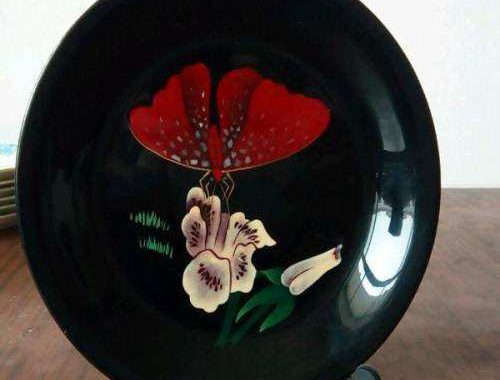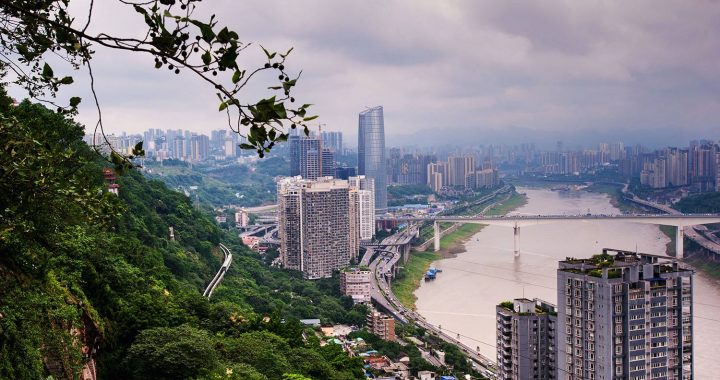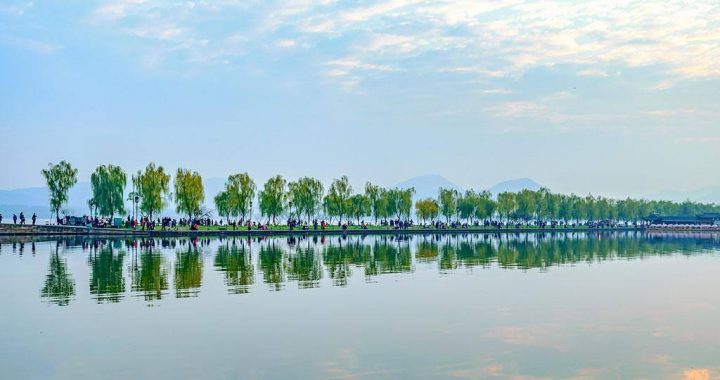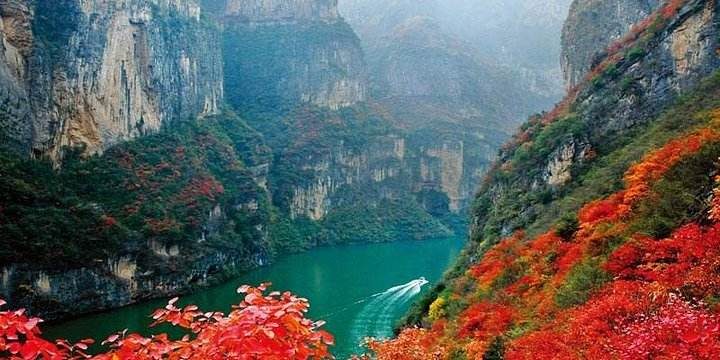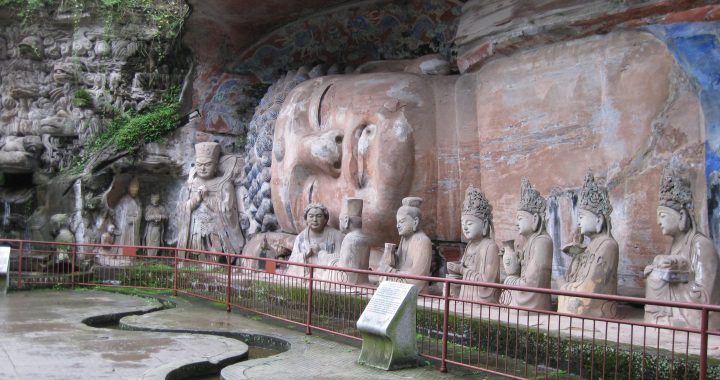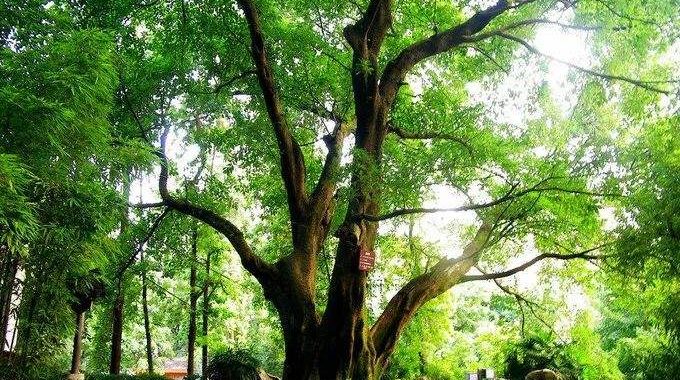Dazu Rock Carvings
3 min readMore than a thousand years ago,Buddhist and Taoist sects fiercely competed for ascendancy and imperial endorsement.As power changed hands and religious orders came in and out of favor,the victors would create new monuments to their gods and destroy the old ones.One result was that significantly stronger materials were employed to build religious monuments,being hard to destroy,and the monuments got bigger.The monumental Dazu art testifies to this trend.
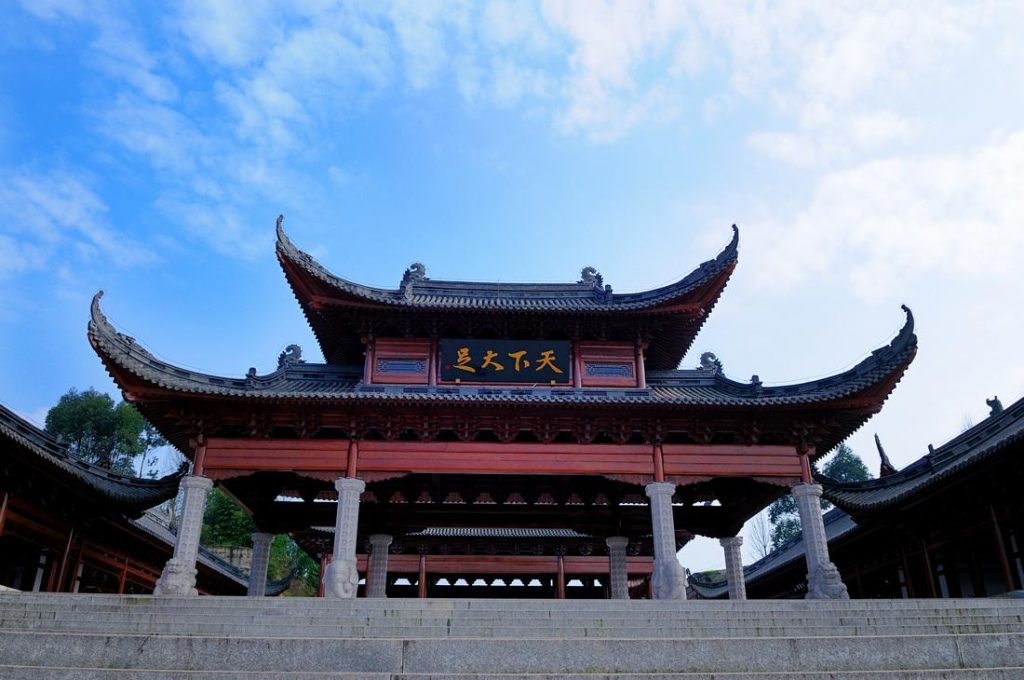
The Dazu Rock Carvings(dizu shike)and statues are scattered over some 70 sites in Chongqing’s Dazu County.The statues here are stylistically different from thoseat Yungang and Dunhuang,both of which were much earlier projects.Dating back to the Tang and Song dynasties,the carvings at Dazu are purely Chinese in style,whereas earlier caves at Longmen,Dunhuang and Yungang have very obvious foreign influences.Revealing Buddhist,Taoist,and Confucian influences,the Dazu carvings range from small,intimate statues dedicated by pious families to massive reclining Buddhas,requiring hundreds of artisans.A welcome break from Chongqing’s urban sprawl,the sites unfold over the idyllic scenery of rolling hills,placid farms and the red earth of the Sichuan basin. of the two major sites,North Mountain(bei shan)is smaller and requires less time.It’s believed that this was originally a military camp and that a general,perhaps hoping for good fortune in battle,commissioned the earliest statues.Although many of the statues have deteriorated over the centuries,there are a few that still remain in goodcondition.Among the most notable is Niche 136,which depicts Puxian the patron saint of Emei Mountain riding a white elephant and the goddess of mercy,Guanyin.The Peacock King can be found in Niche 155.
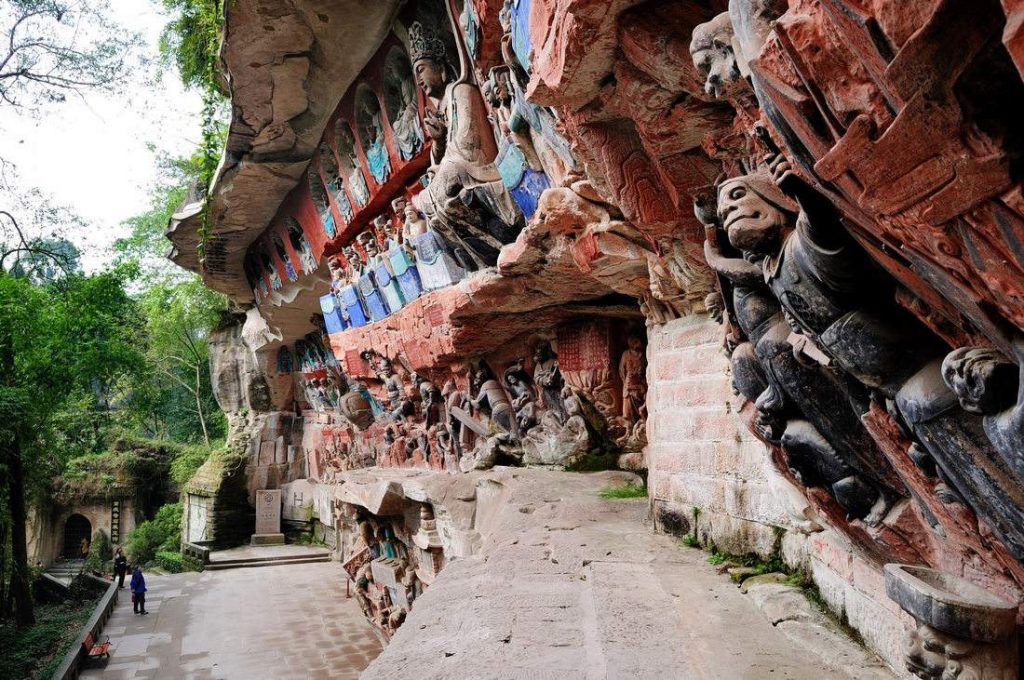
Fortunately,this site is 1.2 miles(2 km)from Dazu County and can be reached by a 30-minute walk from the bus station.Atop the site,good views can be had of the surrounding standing by Chaotian Gate on a foggy morning and watching the ships sail in and out. A cable car ride across the Yangtze River.
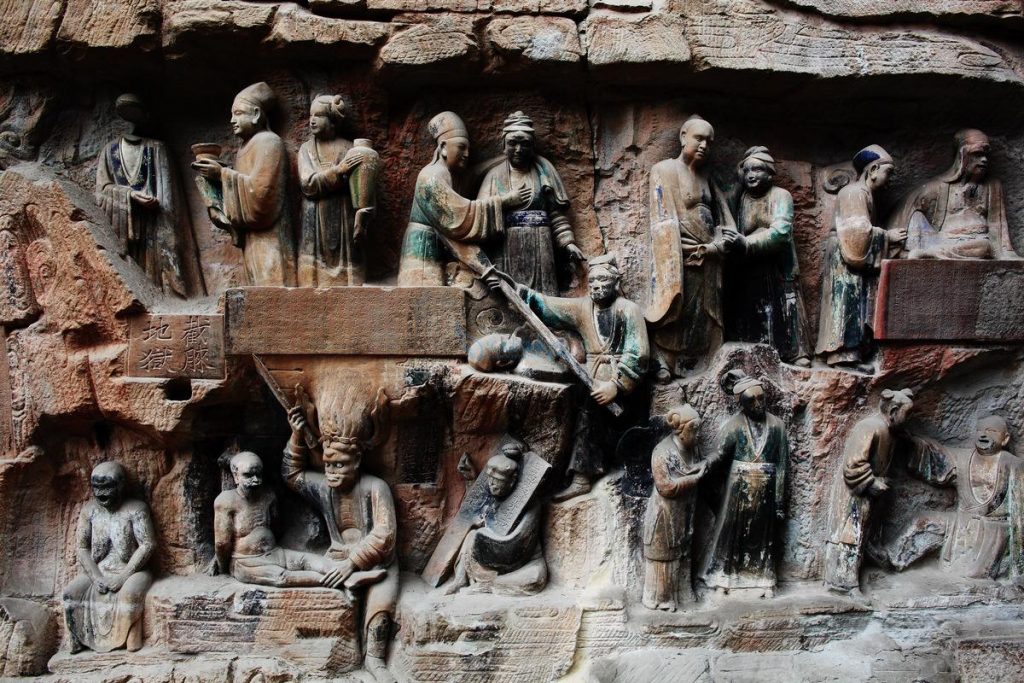
Dazu when the setting sun turns the cliff carvings golden.
Chongqing hotpot with cold beer and sampling the numerous food stalls by the Liberation Monument.
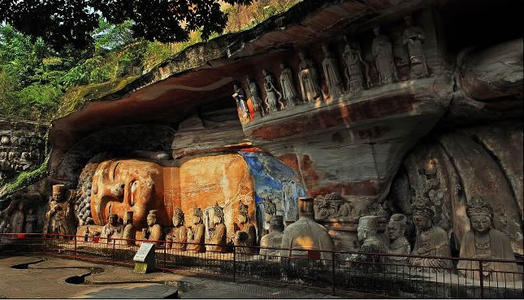
The sculptures at Baoding Mountain(baoding shan),though further out of town,are far superior.Constructed from 1179 to 1249,the works range from near miniature to massive.Whether enjoying the artwork,the religious zeal or the beauty of the area,it’s well worth spending half a day.
Although still somewhat shrouded in mystery,Tantric monk Zhao Zhifeng is credited with founding this site.Built on a mountainside with a monastery perched on top,the lower section is filled with sculpted figures carved into a cliff.Unlike Dazu’s other sites with Buddhist carvings,Baoding was carefully planned out,utilizing the natural features of the rock to accentuate the work.
At the center is the giant,Reclining Buddha(shuifo)some 102 feet(31m)long and 16.4 feet(5 m)high.Entering Nirvana,the expression on his face is one of peace and happiness.Flanking him is a 1,007-armed,gold Avalokitesvara.In each hand is an eye symbolizing all encompassing wisdom.
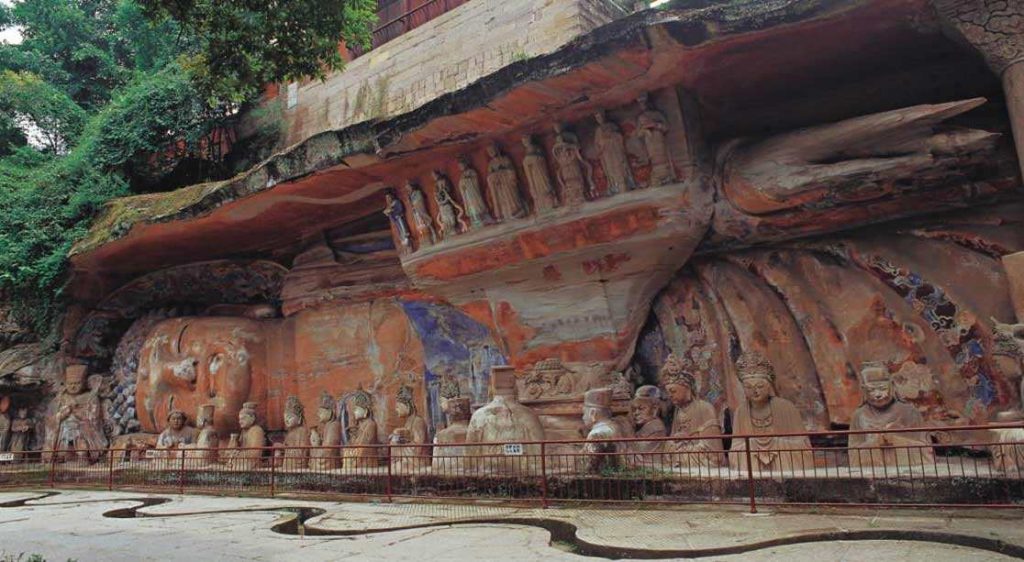
The sheer variety and volume of statues here dazzles-there are heroes of the
The cliff carvings at Dazu.(dazi shtke)
Buddhist faith,historical figures and scenes and depictions of daily life in the countryside.

Buddha right before his enlightenment.
While nearly 800 years have passed since these grottos were made,many of the statues have held up remarkably well,though wind has eroded some and paint has peeled off others.

About 9 miles(15 km)outside of town,reached by a 30 to 45-minute bus ride,the ride out to Baoding takes in solo sculptures carved along the winding road.
